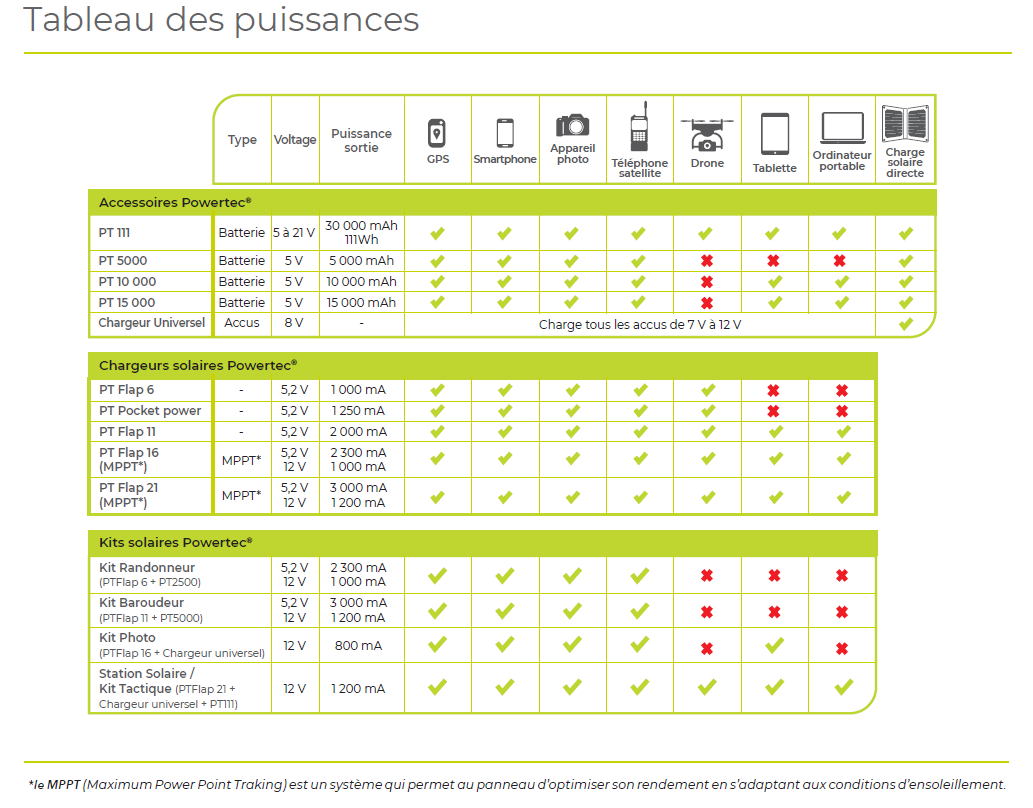Mini Cart
Introduction
Solar self-consumption has become an increasingly popular topic, especially in France. The principle is simple: use the solar energy produced by solar panels to directly supply your home and thus reduce your electricity bill.
In this article, we will discuss the advantages of solar self-consumption, the different types of solar panels, how to optimize its installation and the subsidies available to facilitate the investment. Finally, we will answer the most frequently asked questions on the subject.
1. Benefits of solar self-consumption
Savings on the electricity bill
One of the main benefits of solar self-consumption is the reduction of the electricity bill. According to the ADEME (Agency of the ecological transition), a self-consumption solar installation allows you to save an average of 30% on your electricity bill. This saving can reach up to 70% in some particularly sunny regions.
Clean and renewable energy
Solar energy is a clean and renewable source of energy, which significantly reduces greenhouse gas emissions related to electricity consumption. Thus, by choosing solar self-consumption, you actively participate in the fight against global warming.
Energy independence
Solar self-consumption also allows you to acquire greater energy independence by freeing you, in part, from fluctuations in the market price of electricity. In addition, in case of a power outage, you can continue to benefit from the electricity produced by your solar panels if you have installed an energy storage system.
2. Types of solar panels
Photovoltaic solar panels
Photovoltaic solar panels are the most commonly used for solar self-consumption. They directly transform solar energy into electricity thanks to the photovoltaic effect. There are two types of photovoltaic panels: monocrystalline panels and polycrystalline panels.
Thermal solar panels
Thermal solar panels are less common for self-consumption, as they convert solar energy into heat and not electricity. Nevertheless, they can be used in addition to a photovoltaic installation to heat domestic water or to feed a heating system.
3. Optimization of the solar system
Orientation and tilt of the solar panels
To maximize energy production, it is essential to properly orient and tilt the solar panels. In France, the ideal orientation is due south, with an inclination of about 30°.
Dimensioning of the installation
The sizing of the solar installation must be adapted to the household’s electricity consumption. It is important not to oversize the installation, as this would result in additional costs without any real benefit in terms of energy savings.
Energy storage system
To optimize solar self-consumption, it is possible to install an energy storage system, such as a battery. This allows to store the electricity produced during the day to use it in the evening or during periods of low sunlight.
4. Grants and financial aid
Tax credit
In France, it is possible to benefit from a tax credit for energy transition (CITE) for the installation of solar panels in self-consumption. The amount of the tax credit is 30% of the eligible expenses, up to a limit of 8 000 € for a single person and 16 000 € for a couple.
Local aids
Some local authorities offer financial aid to encourage the installation of self-consumption solar panels. Contact your local council or region to find out what is available.
Zero rate eco-loan
The zero interest eco-loan is an interest-free loan to finance energy renovation work, including the installation of self-consuming solar panels. This loan can be granted for a maximum amount of 30 000 €.
5. Return on investment
The added value of a self-consumption solar installation depends on several factors, such as the cost of the installation, the savings made on the electricity bill and the financial aid obtained. In general, the profitability of a solar installation in self-consumption is reached in 8 to 12 years.
Frequently asked questions
1. What is the life span of a solar panel?
The average life span of a solar panel is 25 to 30 years. However, their efficiency gradually decreases over time. After 25 years, a solar panel usually produces about 80% of its initial power.
2. Do solar panels work on cloudy or rainy days?
Yes, solar panels work even on cloudy or rainy days, but their power output is reduced. On average, a solar panel produces about 10% to 25% of its maximum power on cloudy days.
3. What is the difference between full and partial self-consumption?
Full self-consumption means that all the electricity produced by the solar panels is consumed directly by the household, without being sold to the electrical grid. Partial self-consumption, on the other hand, means that the electricity not consumed is sold to the electrical grid, thus generating additional income.
4. Do I need to perform regular maintenance on the solar panels?
Minimal maintenance is required to ensure the proper functioning of solar panels. It is recommended to regularly check the condition of the panels and clean them if necessary to remove dust, dirt and debris that may reduce their efficiency.
5. Can I install solar panels on any type of roof?
Most roofs are suitable for installing solar panels, provided they are strong enough to support their weight and are oriented to maximize energy production. However, some roofs (slate, channel tiles, etc.) may require specific mounting solutions.
Also of interest: Eco Adventure around the world in autonomy -Powertec
Conclusion
Solar self-consumption is an interesting solution to reduce your electricity bill, participate in the energy transition and gain in energy independence.
It is important to choose and size your solar installation carefully, taking into account the financial aid available and the specificities of your home. Do not hesitate to consult a professional to help you with your project and optimize your investment.

